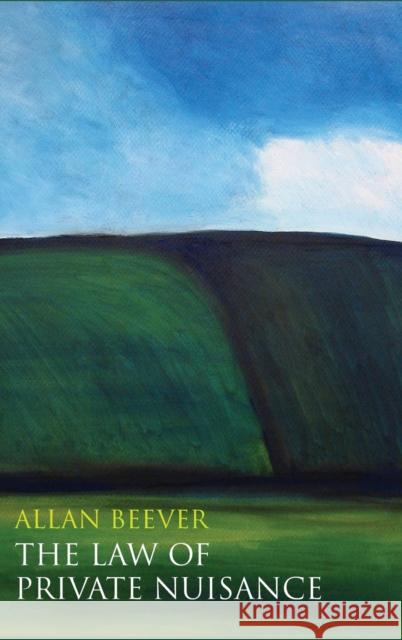The Law of Private Nuisance » książka
The Law of Private Nuisance
ISBN-13: 9781849465069 / Angielski / Twarda / 2013 / 180 str.
Like any area of the law, the law of nuisance can be difficult to understand, because the law is the accumulation of a great many judicial decisions. Judges, of course, give explanations for their decisions, and it is always important to give due consideration to the explanations offered. But, given that judges make decisions in response to particular problems that they are required to solve - cases, in other words - it is hardly surprising that the explanations they provide frequently conflict with other explanations provided by other courts looking to solve different problems or indeed with the decisions that those courts reached. When one gathers these explanations together, inconsistencies can result, and when the explanations offered by judges are brought together, they typically fail to provide a coherent analysis of the law. It is therefore necessary to go beyond the explanations offered by the courts. How does the law of nuisance fit into the picture? This innovative book - concerned only with the law of private nuisance - does not attempt an analysis of public or statutory nuisances. These actions are called nuisances because they respond to troublesome events that share a similar character (noise, fumes, etc.). And, it is characteristic of the common law to think that its actions are to be understood in terms of the unwanted events (i.e. loss) to which they respond. Instead, the book examines those issues most important to our understanding of the law, and it shows that those issues, and by implication the others that are not canvassed, can be understood in a coherent and systematic fashion. With its fresh perspective, the book is best understood as advancing a suggestion: that the law of nuisance is better understood by rejecting the contemporary understanding of it and beginning again with an approach the focuses on the prioritizing of property rights. Even though it is only a beginning, the book places considerable emphasis on the concept of use. It is an engaging and original study that will be of interest to academics and practitioners working in the area of tort law. (Series: Hart Studies in Private Law - Vol. 10)











